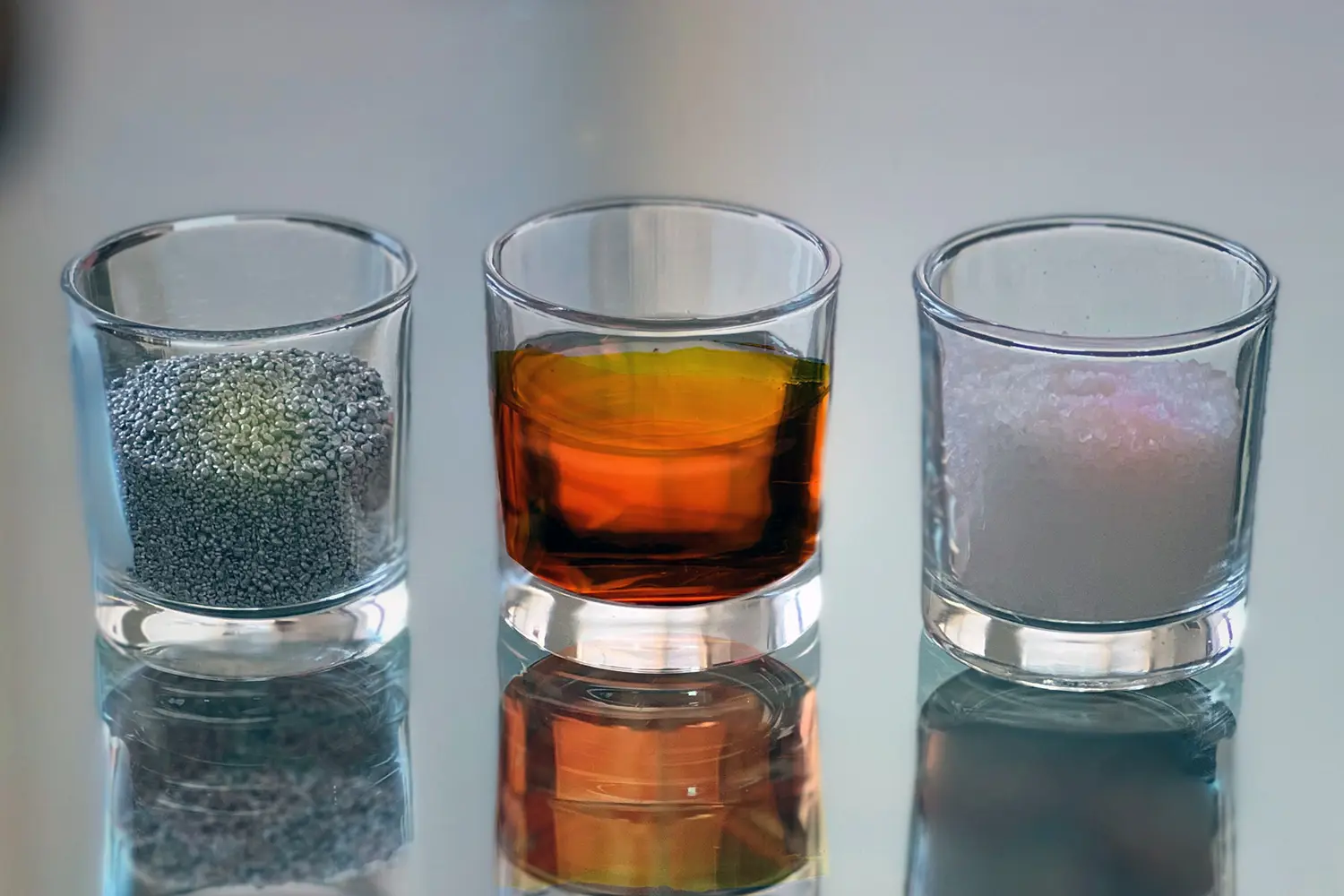The price of aluminum-sulfur battery cells will be around $9 per kWh, significantly cheaper than the existing lithium-ion battery cells.


Since joining the MIT faculty in 1978, Donald Sadoway has worked closely on projects to develop batteries which are less expensive than lithium-ion batteries. The aluminum sulfur battery which Sadoway and his research collaborators developed may be able to achieve this goal. Chinese researchers from Peking, Yunnan, and the Wuhan University of Technology are also part of this study.
Related Article: Lithium-Ion Battery Cells Explained | LFP, NMC Cell Types
The world requires affordable alternatives as the cost of lithium soars as a result of rising demand. Sulfur and aluminum are both inexpensive and readily available. According to Sadoway, the price of aluminum-sulfur battery cells will be around $9 per kWh, significantly cheaper than the price of the existing lithium-ion battery cells. A molten salt electrolyte sits in the center of the new battery design, which has two electrodes made of aluminum and sulfur.
The new cells are not ready for electric cars yet. But they may make small-scale rechargeable batteries for households and small businesses less expensive. It might increase the amount of lithium-based cells that are accessible for the transportation industry.
It is important to consider the metal to use in place of the aluminum for the second electrode as well as the type of electrolyte to use between them to transport ions back and forth during charging and discharging. Sulfur is the second electrode component since it is the least expensive non-metal.
Instead of the almost 1,000 F/537 C for many salts, the researchers looked at a number of molten salts which have comparatively low melting temperatures. It is closer to the boiling point of water. It becomes viable to produce batteries without the need for extra insulation and anticorrosion methods.
The group demonstrated that the battery cells could withstand a very high charging rate for many of cycles. The electrolyte’s warmth and charging frequency were strongly correlated. The test batteries charged 25 times faster at 230 F/110 C than at 77 F/25 C.
Related Video: